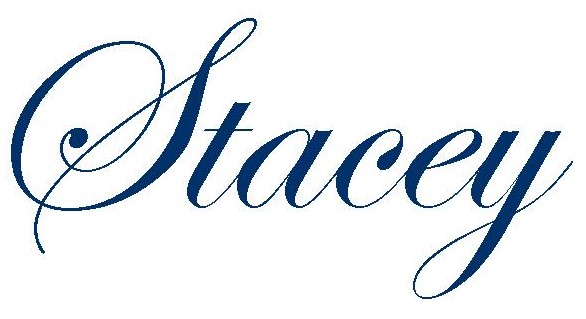“If you had to identify, in one word, the reason why the human race has not achieved, and never will achieve, its full potential, that word would be ‘meetings’.” ~Dave Barry

There is a real possibility that I AM co-creating harmoniously powerful meetings.
As a coach and consultant for the past 15 years, after a career as a senior executive with FEDEX, Budget Rent-A-Car Corporation, and the University of Houston, I have found that meetings are often the greatest time-wasters and energy-drainers – rather than being productivity-enhancers — for these reasons:
*A lack of a clear meeting intention/ purpose / intended result related to the company’s mission.
*Personal agendas and opinions de-railing the path towards a consensus that can be supported by all members of the group.
*Extroverted participants given priority or monopolizing the meeting so that introverted and quieter participants are not able to contribute their opinions and suggestions equally.
*Participants in the meeting not having decision-making responsibility. Instead they are representing people who would have decision-making responsibility, but who feel they are too busy to attend the meeting. (Usually because they feel the meetings are time-wasters and energy-drainers.)
*Interruptions, such as phone calls, being accepted and disrupting the flow of the conversation.
*Participants leave the meeting confused about or disappointed with the final decision and expressing to others their lack of support for the decision.
Yet, meetings can be fun, informative, creative, uplifting, and – yes – productive. Here’s how:
1. Ensure one person is the Facilitator of the meeting.
2. Require the people who are empowered to make decisions to participate in the meeting.
3. 48 hours in advance of the meeting – the Facilitator provides all invited participants with a written meeting agenda, including the reasons for the meeting as well as the intended outcome for the meeting. For example, specifically state if the meeting is just to brainstorm creative ideas or if a decision on a situation will be required before the end of the meeting. With advance notice, participants are better prepared to provide their input and suggestions. Also include a specific time frame for the meeting and for each topic within the meeting. State in writing that interruptions will not be allowed during the meeting so that participants can arrange their schedules to give their full attention to the meeting.
4. Ensure in advance of the meeting that someone other than the Facilitator is assigned to take notes or record the meeting.
5. During the meeting, it is the Facilitator’s responsibility to stay within the allotted time frame for each topic. Determine the amount of time that each participant has to share their opinion and allow time for the decision-making process. Encourage the group to make the best decision possible within the time allowed. (Usually more time does not lead to a better decision…only more opinions and confusion.) When a decision appears to be made, state the final decision clearly and ask everyone to acknowledge they accept the decision.
6. During the meeting, it is the Facilitator’s responsibility to ensure that no one is making assumptions. Each person is entitled to share a personal opinion or facts…rather than assumptions.
7. If there is a difference of opinion during the meeting, it is the Facilitator’s responsibility to re-state the intended result and ask those who are in disagreement to share how they feel their approach/solution will achieve the intended result. The Facilitator’s role is to identify the common points between the different perspectives and ask the group to craft a unified decision by focusing on those common points.
8. It is the Facilitator’s responsibility to interrupt personal attacks and/or negative comments which result when a participant feels hurt or disappointment. It is the Facilitator’s responsibility to keep the focus of the meeting on the intended results and away from personal attacks.
9. At the end of the meeting, acknowledge each person who participated in the meeting for their contributions.
10. Within 24 hours, the Facilitator provides a copy of the meeting notes to all participants in writing and requests any comments, questions or corrections be provided back within the next 24 hours to catch any misunderstandings or confusion before proceeding with the decisions made during the meeting.
Use these tips and you will feel like Justin Rosenstein, who shares: “Meetings get a bad rap, and deservedly so – most are disorganized and distracted. But they can be a critical tool for getting your team on the same page.”
Thanks for commenting below
on how this Success Tip
made a difference for you.
And, feel free to tag and share, too!
As always, thank you for sharing this Success Tip with your team members, co-workers, friends and family…any one you feel would enjoy being more ‘attractive’ with what they desire to have in their lives to achieve their goals with velocity and ease.

Stacey Hall,
Go For Yes Success Strategist
Speaker, Best-Selling Author
CEO, Chi-To-Be!, LLC